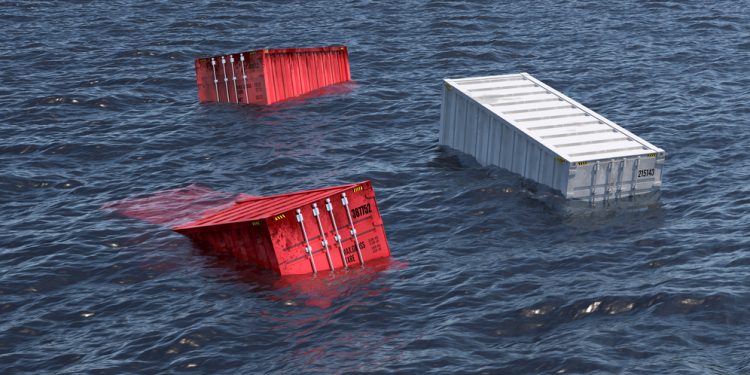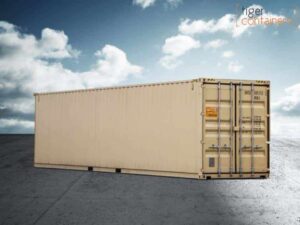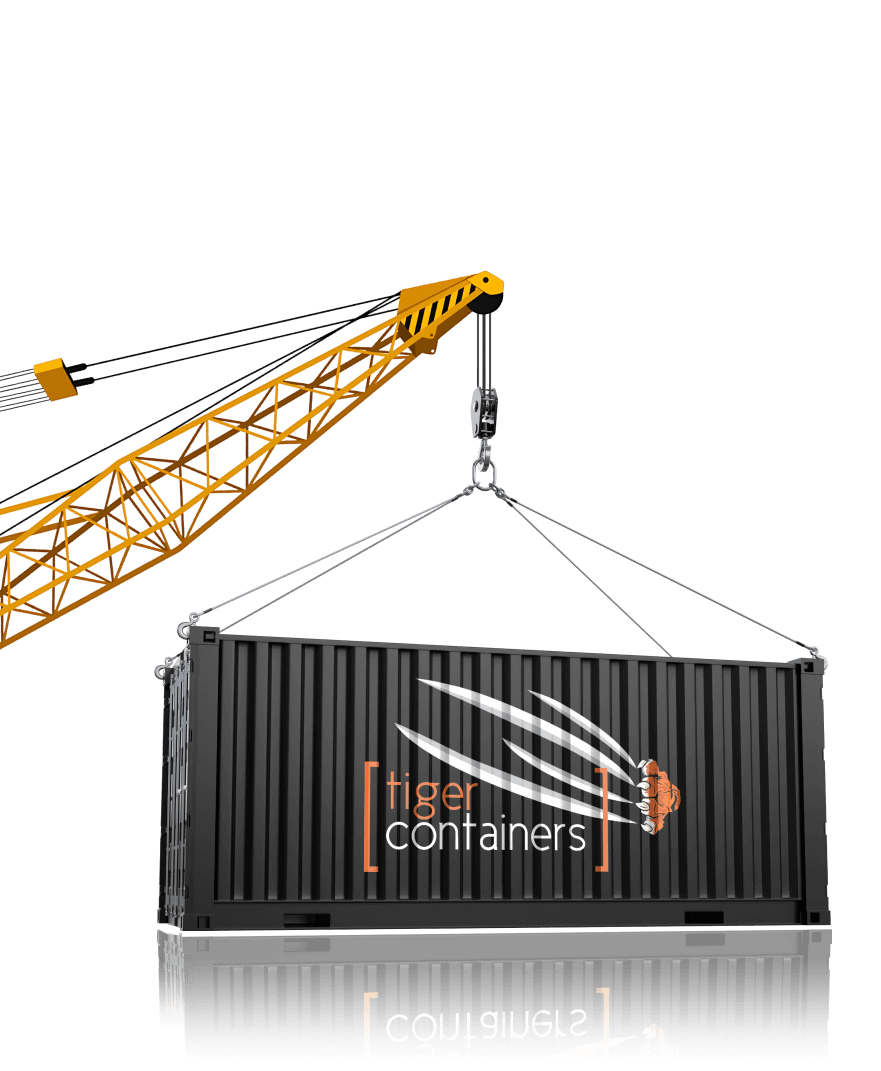Shipping containers are the backbone of global trade, moving goods across the oceans in vast quantities every day. However, not every container makes it to its destination. Each year, thousands are lost at sea due to storms, accidents, and other incidents. Understanding the scale of the problem, the causes, and the consequences offers important insight into the risks of modern shipping.
How Many Containers Are Lost Each Year?
The number of shipping containers lost at sea varies depending on the source. The World Shipping Council reports an average of around 1,480 containers lost annually across a 16-year period. This figure accounts for both catastrophic events and smaller, routine losses.
Other organisations, such as the National Oceanic and Atmospheric Administration (NOAA), suggest the figure could be significantly higher—potentially up to 10,000 containers annually. Discrepancies arise due to under-reporting and the difficulty of tracking incidents that occur far offshore.
What is clear, however, is that container losses are a regular occurrence in global trade, with certain years seeing huge spikes following major accidents at sea.
Major Incidents of Container Loss
Several high-profile incidents illustrate the scale and seriousness of the issue.
In 2020, the ONE Apus lost nearly 1,800 containers in the Pacific Ocean after encountering severe weather, one of the largest single losses in shipping history. The incident caused significant supply chain disruption, as many of the lost containers held valuable consumer goods.
In another example, the CMA CGM Benjamin Franklin lost 44 containers and sustained damage to another 30 when it encountered extreme weather off the coast of South Africa.
More recently, in 2024, the MSC Houston V lost 15 containers during Storm Martinho off the coast of Portugal, highlighting how severe weather continues to be one of the greatest risks to container safety.
At the Port of Long Beach in the United States, 67 containers were spilled into the water in a single incident, creating both logistical and environmental challenges.
Why Containers Are Lost
Several key factors contribute to container losses at sea.
The most common cause is extreme weather, with high seas and strong winds destabilising even well-secured stacks of containers. As storms become more frequent and severe due to climate change, the risks are likely to grow.
Improper loading and stowage is another major contributor. Containers that are incorrectly weighed or poorly balanced within a stack are more vulnerable to collapse or loss. Similarly, overstacking heavy containers on top of lighter ones can compromise stability.
The sheer size of modern container ships also plays a role. Today’s mega-vessels carry thousands of containers, meaning that when accidents occur, the number of containers lost can be far higher than in earlier decades.
The Environmental Impact
The environmental consequences of containers lost at sea are considerable. Some containers sink intact to the seafloor, where they can damage fragile ecosystems such as coral reefs. Others break open, spilling their contents into the ocean.
For example, containers lost from the M/V Med Taipei in 2004 were later found in the Monterey Bay National Marine Sanctuary, where they had crushed marine habitats on the seabed. In cases where containers hold plastics, chemicals, or hazardous materials, the pollution risk can be severe and long-lasting.
Floating containers also present a danger to navigation. Partially submerged steel boxes can be difficult to spot, creating collision hazards for smaller vessels.
Industry Response and Regulation
In recent years, the shipping industry has made efforts to reduce container losses. Improved lashing systems, stricter safety standards, and international regulations such as the SOLAS container weight verification requirement have all played a role in minimising risks.
Despite these measures, incidents continue to occur, highlighting the ongoing challenge of balancing efficiency, scale, and safety in global shipping. Many industry observers also believe that under-reporting remains an issue, with the true scale of container losses likely higher than official statistics suggest.
This Problem also Turns Up In The Movies!
Conclusion
The number of shipping containers lost at sea each year ranges from over 1,000 to as many as 10,000, depending on reporting standards and data sources. High-profile incidents involving vessels like the ONE Apus and CMA CGM Benjamin Franklin underscore the vulnerability of containerised cargo to storms, misloading, and the challenges posed by ever-larger ships.
Beyond the economic costs, lost containers also present a significant environmental hazard, damaging ecosystems and polluting the seas. While industry regulations and safety practices have reduced losses in recent years, container spills remain a serious issue in global trade. To learn more about shipping containers please contact us today!














